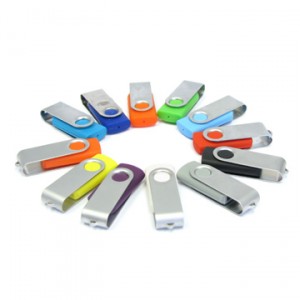The downside to the new standard, as with any new technology, is cost. While you won't see much price difference with the cables, the fastest USB 3.0 flash drive is significantly more expensive than it’s USB 2.0 forbearer. In order to see a significant speed boost, expect to pay $40 or more for a high-quality USB 3.0 drive. Also, you need to do some research to make sure that the new drive you’re buying takes full advantage of the new speed potential of the standard. As with the 2.0 standard, the 10x speed improvement is a theoretical maximum and it is up to the drive manufacturer to fully implement the efficiencies of the new standard. Compared to the bargain-basement prices that you can find most USB 2.0 drives for these days, it would be beneficial to think about what your usage expectations really are for your new USB drive.

 Olivia
Olivia








